Keeping a vehicle in optimal condition not only extends its lifespan but also ensures the safety of the driver, passengers, and others on the road. However, many car owners overlook essential preventative maintenance tasks, often leading to dangerous situations, costly repairs, and the need for collision repair. In this blog post, we will explore common maintenance mistakes that, when neglected, can significantly increase the likelihood of accidents. By addressing these issues proactively, you can help avoid the inconvenience, expense, and risk associated with collision repair, while also enhancing your vehicle’s overall performance and reliability.
1. Monitoring Tire Health and Enhancing Safety
The importance of maintaining healthy tires cannot be overstated. Tires are the only contact points between your vehicle and the road, and their condition plays a critical role in traction, handling, and braking. Worn-out, under-inflated, or mismatched tires can severely undermine a vehicle's performance and significantly increase the risk of accidents. According to Bridgestone, a driver is three times more likely to be involved in a crash caused by poor tire condition than one with well-maintained tires.
Regularly inspecting your tires for tread depth, uneven wear, punctures, and proper inflation can prevent dangerous blowouts and loss of control, especially in adverse weather conditions. Uneven tire wear may also indicate alignment or suspension problems, which should be addressed immediately by a trusted mechanic. Timely tire maintenance helps reduce the chances of collision repair related to tire failure.
2. Maintaining Brake Systems and Preventing Failures
Brakes are arguably the most critical safety component of any vehicle. They give you control to slow down or stop your vehicle and avoid potentially life-threatening collisions. Despite their importance, many drivers fail to regularly inspect and maintain their brakes, often ignoring the warning signs of wear and tear until it’s too late. Common symptoms, like squealing or grinding noises, a vibrating brake pedal, longer stopping distances, or a soft or spongy brake feel, indicate that your braking system requires immediate attention.
Ignoring these warning signs can lead to brake failure, dramatically increasing the risk of accidents. Worn brake pads, damaged rotors, leaking brake fluid, or problems in the hydraulic system can all reduce braking efficiency. In our experience, most brake pads last between 30,000 and 70,000 miles, but this varies depending on driving habits and conditions. Regular inspections and timely replacements help maintain optimal braking performance and prevent costly repairs.
3. Checking Fluid Levels and Protecting Vital Systems
Vehicle fluids are the lifeblood that keeps your car’s engine, transmission, brakes, and cooling system functioning properly. Yet, many drivers neglect to regularly check fluid levels or change them when needed. Engine oil lubricates engine components and prevents overheating, transmission fluid ensures smooth gear shifts, brake fluid maintains braking power, and coolant prevents engine overheating.
Low or dirty fluid levels can cause a variety of mechanical problems that not only compromise safety but also lead to expensive repairs. For example, low engine oil can cause parts to grind against each other, resulting in severe engine damage. Regular fluid maintenance is a simple way to reduce breakdowns that might otherwise result in collision repair costs.
4. Replacing Wiper Blades and Preserving Visibility
Clear visibility is essential for safe driving, especially during adverse weather conditions. Despite their simple function, windshield wiper blades are often overlooked by drivers until they become ineffective or fail altogether. Worn-out wipers leave streaks, smears, or gaps on your windshield, which can severely hinder your ability to see during heavy rain, snow, or fog. This can dramatically increase the likelihood of accidents, particularly on highways or during nighttime driving.
In our professional opinion, replacing your wiper blades regularly—typically every six to twelve months, or as soon as you notice reduced performance—is a quick, inexpensive maintenance task that has a significant impact on your driving safety.
5. Responding to Warning Lights and Avoiding Hazards
Modern vehicles are equipped with sophisticated diagnostic systems that alert drivers to potential problems through dashboard warning lights. These indicators, such as the check engine light, brake warning, or tire pressure alert, are designed to notify you of issues before they become serious. However, many drivers tend to ignore or delay addressing these warnings, which can result in severe mechanical failures and increased risk on the road.
Promptly investigating the cause of warning lights can save you from costly repairs and unsafe driving conditions. For example, ignoring a check engine light might lead to decreased fuel efficiency or damage to critical engine components. For trusted advice, expert repairs, and comprehensive collision repair services, turn to D&H Collision Center. Our experienced team is dedicated to helping you maintain your vehicle’s safety and performance. Contact us today to schedule an inspection or repair, and drive with confidence tomorrow!

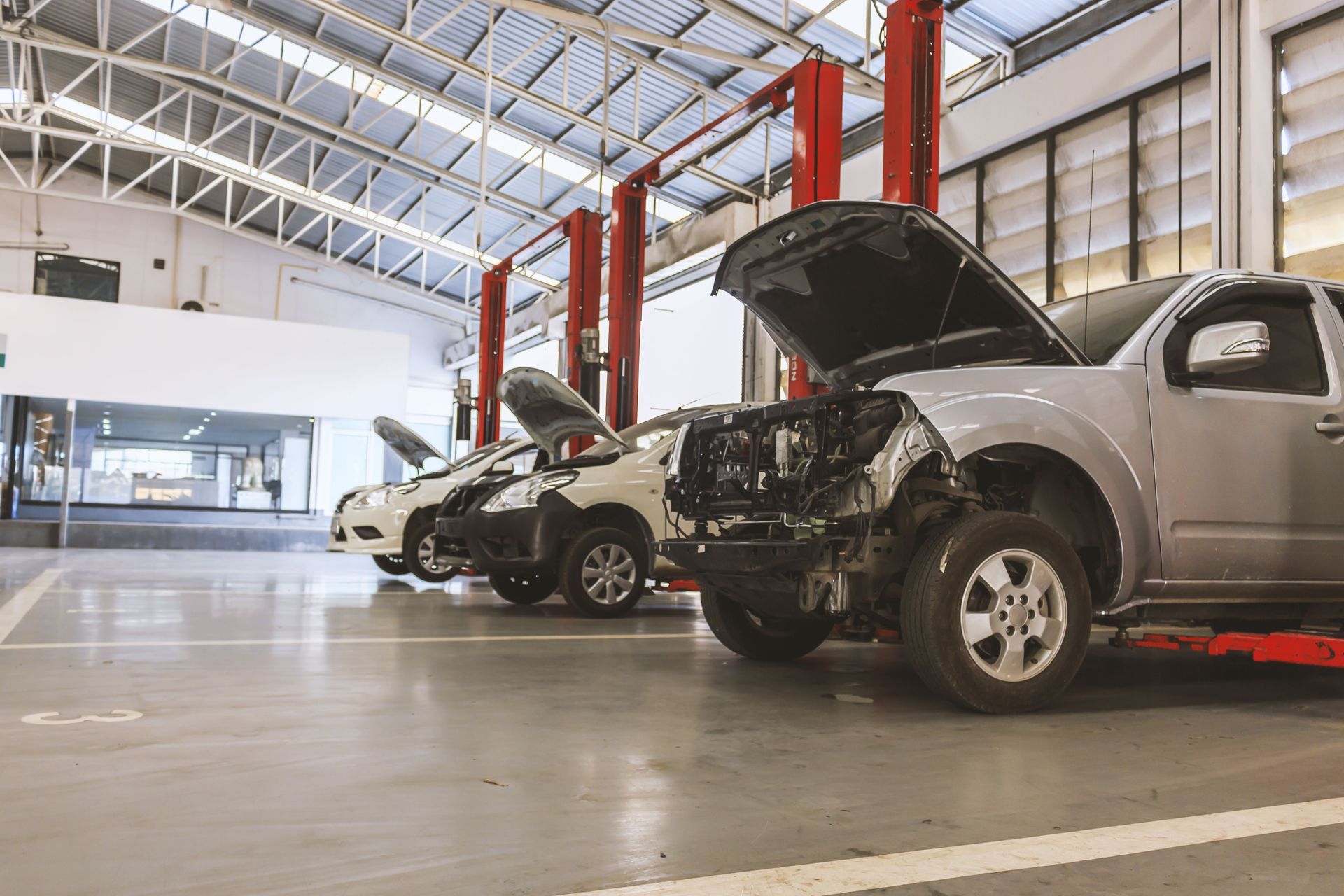
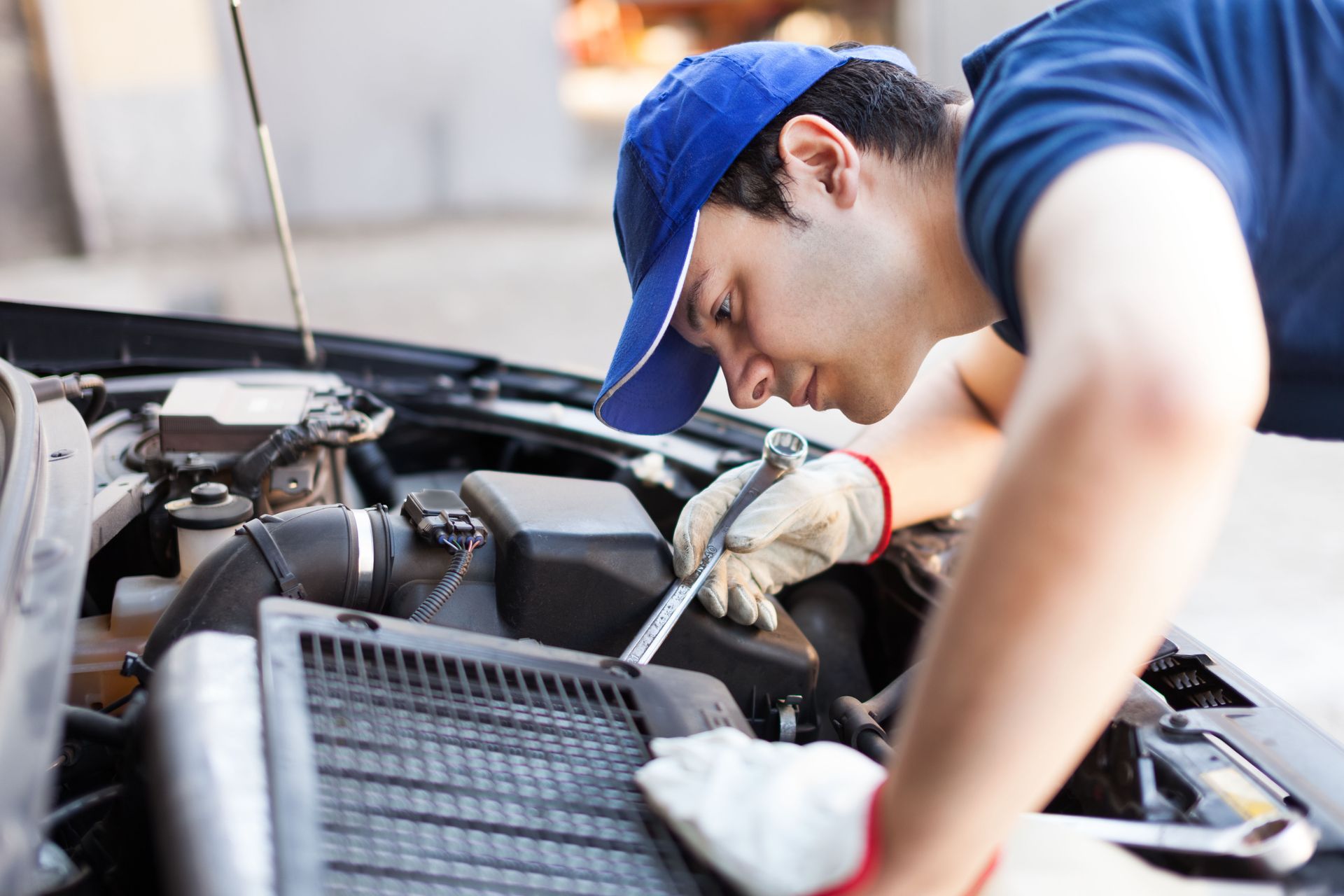

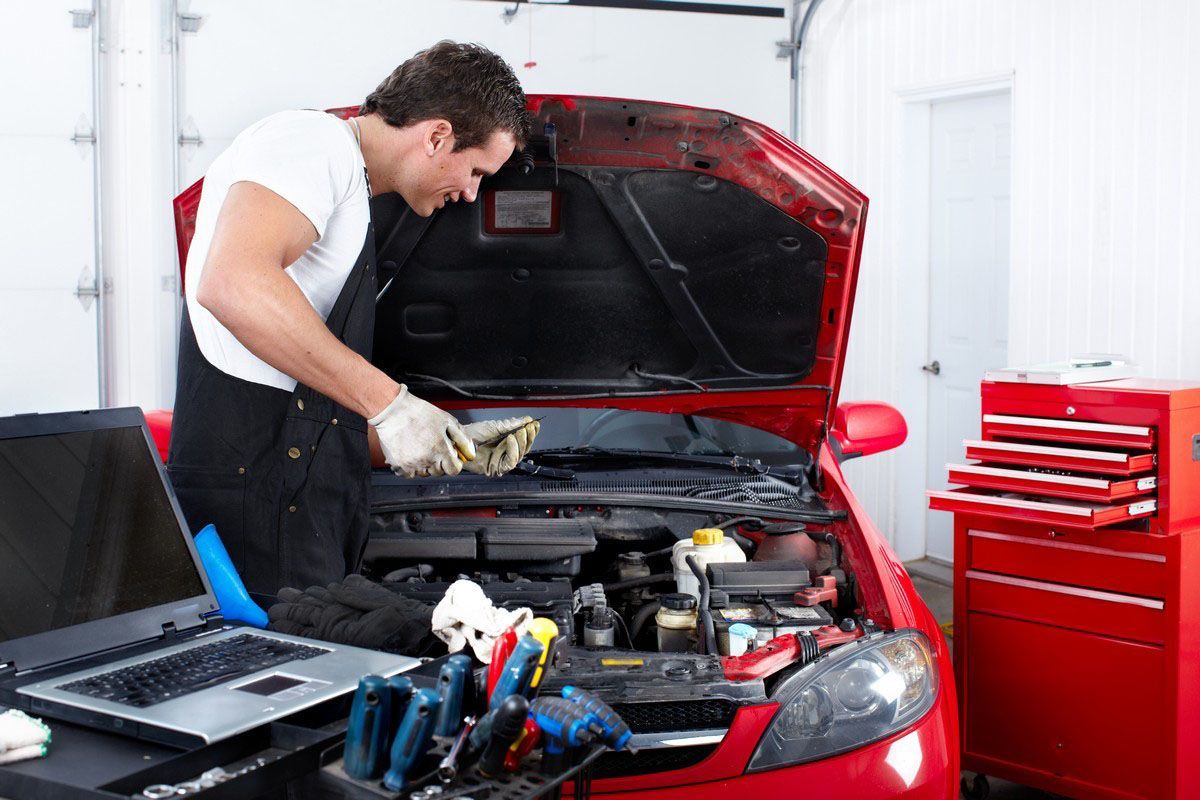
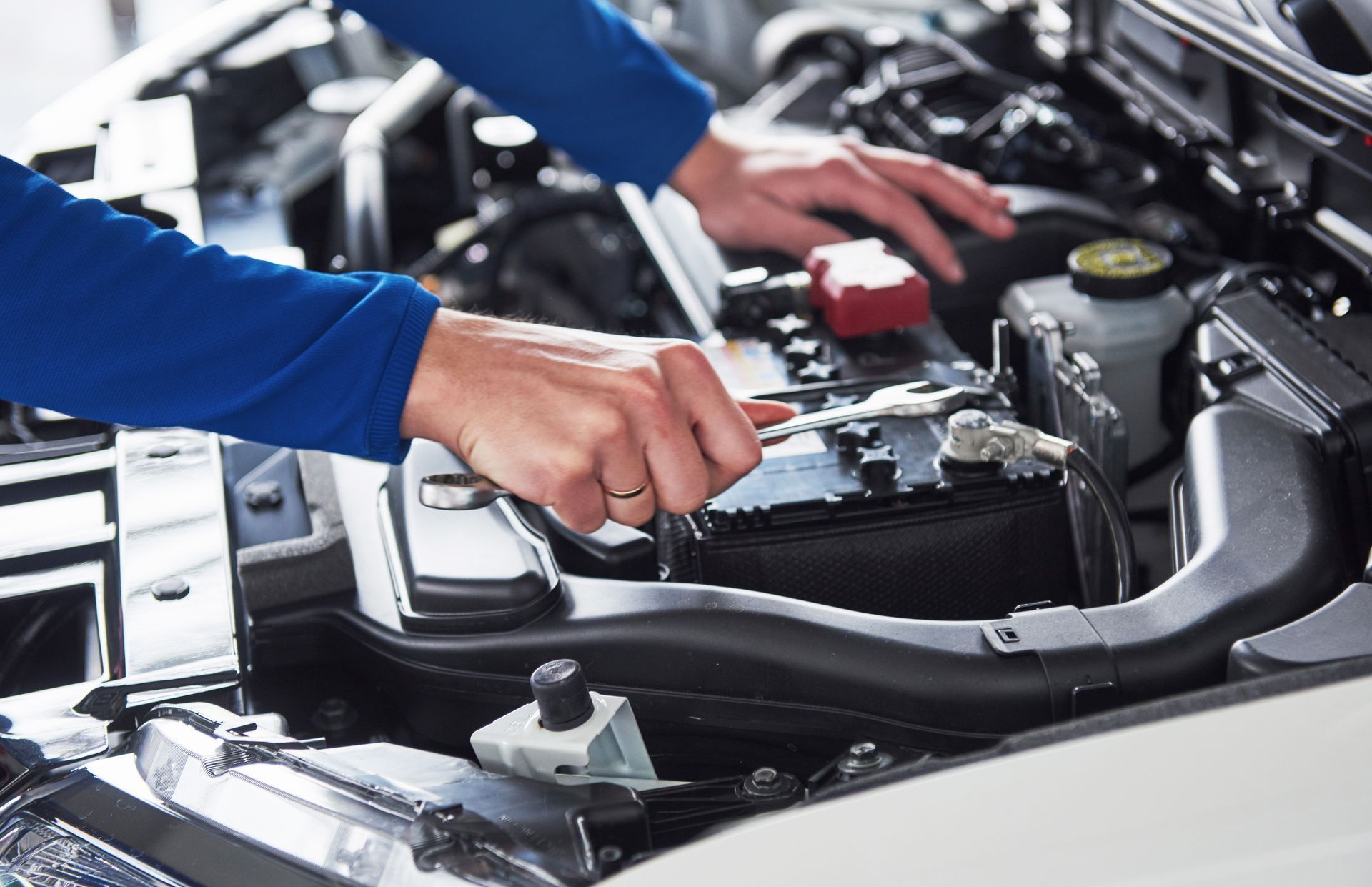
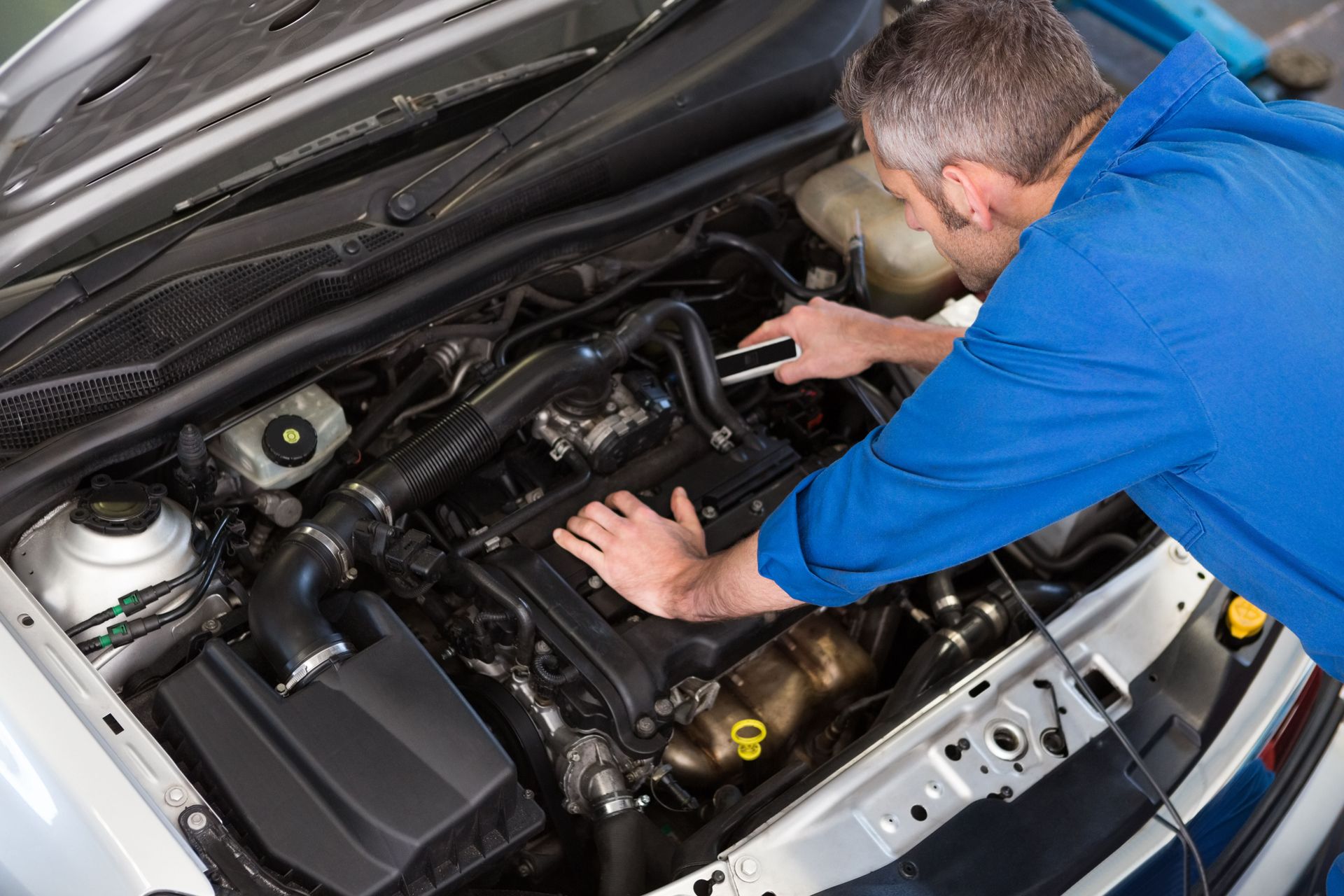
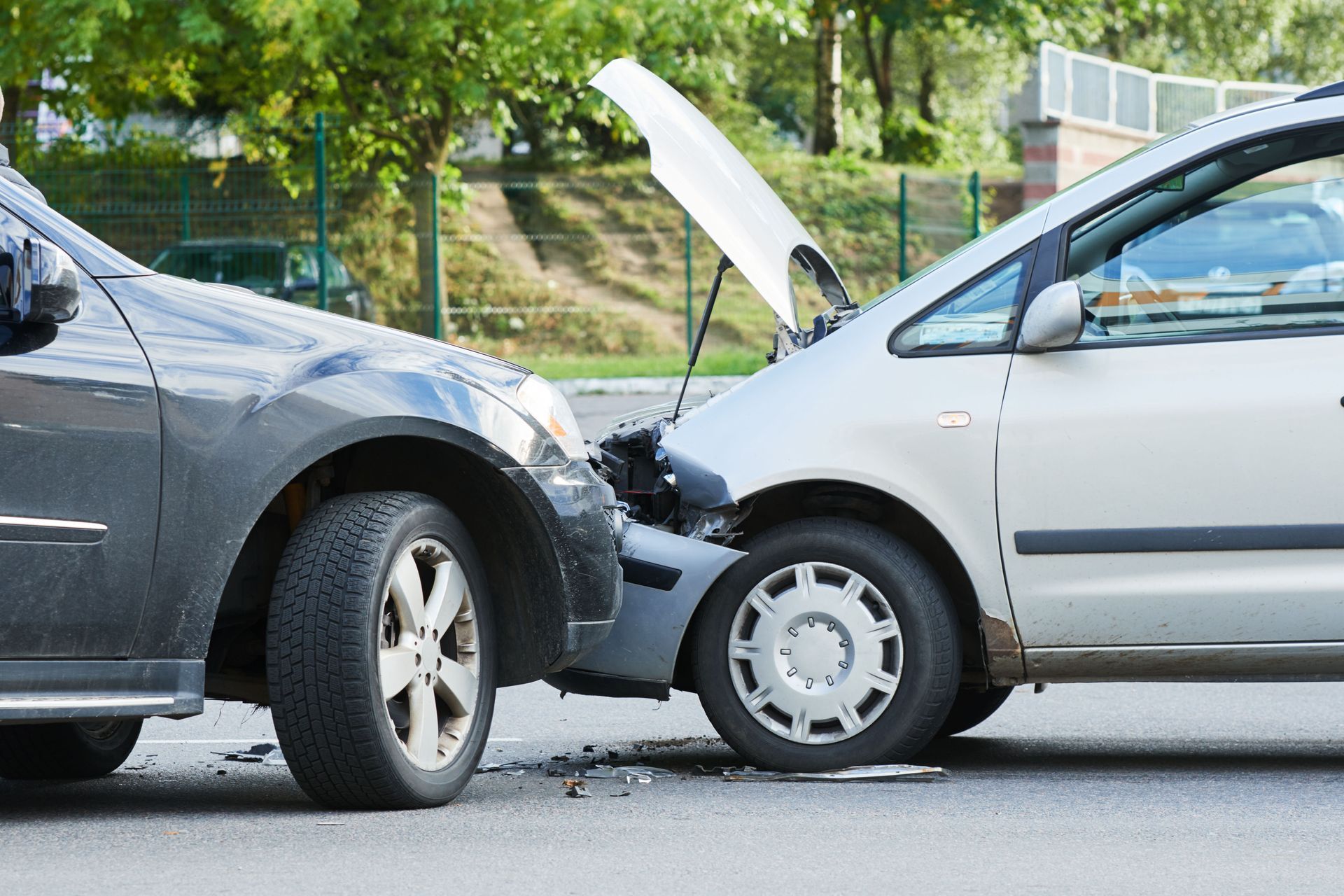


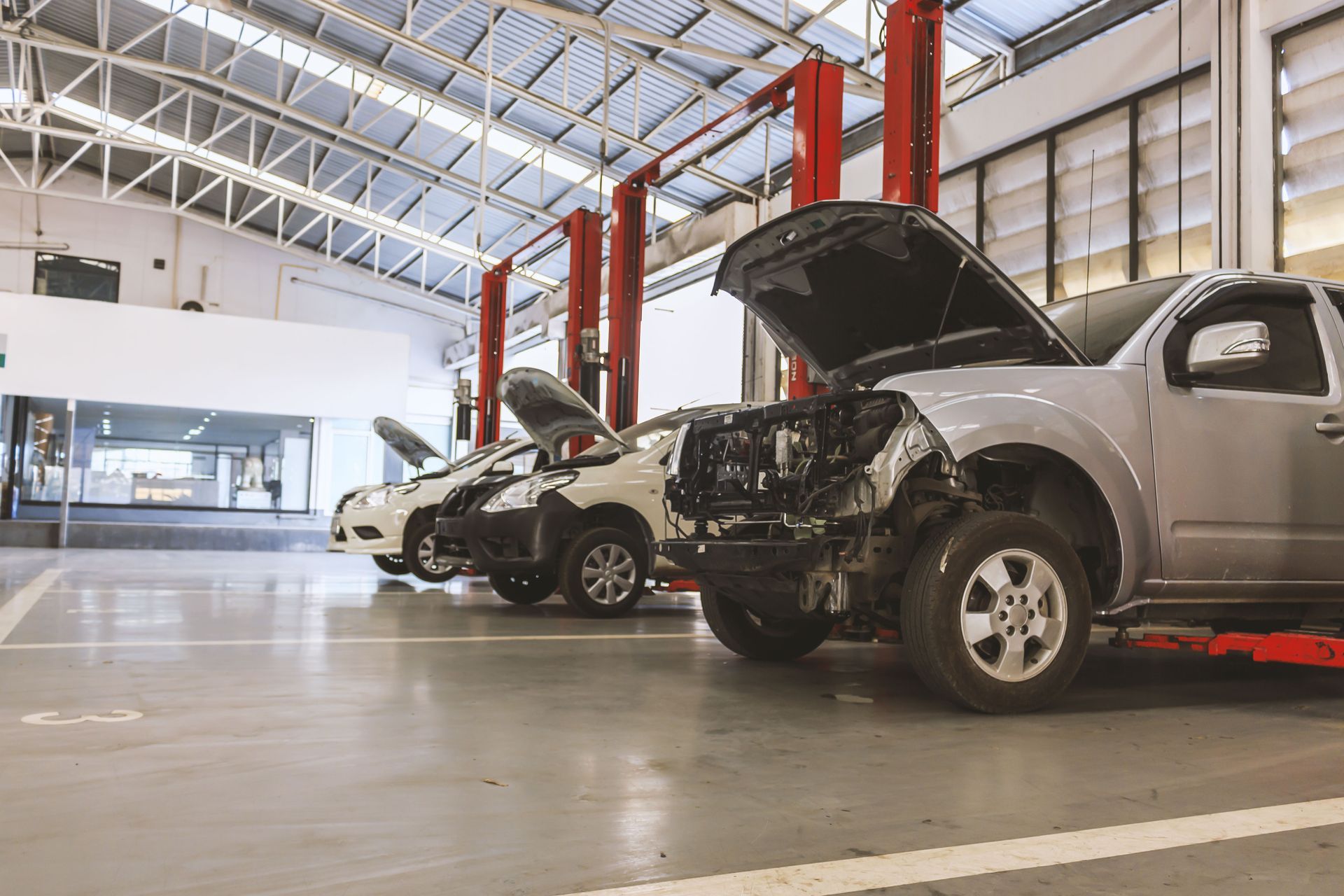
Share On: